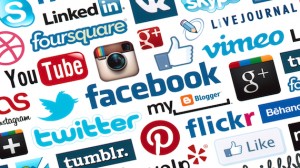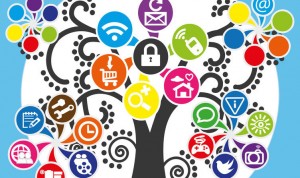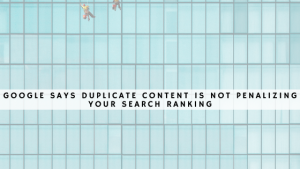September 30, 2016
Name any great mind from the last 2,500-odd years and you are likely to find a quote of theirs praising patience as one of the greatest virtues a human being can possess. If you were to somehow transport them to the modern world, they would be appalled at the ridiculous lack of patience that the modern consumer boasts.

The Socio-Historic Shortening of Attention Span
Patience as a (rather elusive) concept is intrinsically tied to another concept the traits of which have changed dramatically over the years –attention span. We unfortunately do not have any data on how long of an attention span people possessed in Ancient Greece, Renaissance Europe or 19th century United States, but it is probably safe to say that it was longer than the modern one, described in some recent studies.
Back in 2011, they spoke of the average attention span dropping from 12 minutes to only 5. In 2015, they wrote about attention span dropping to mere 8 seconds. It should be pointed out that these studies and statistics worked with different parameters and measuring methods, but the results feel true – people are growing less attentive with each year that passes.
This is only the latest step in a journey that began millennia ago and that has been turning more erratic as a result of innumerable social, political, economic and cultural shifts. Rapidly advancing technology is the latest such shift; one that has all but delivered a coup de grâce to any attention and patience we still might have possessed.

The Instant Nature of Modern Technology
When one reads about the latest technological advances, one of the most ubiquitous themes is how a particular step in technology is making something faster. This has been going on for decades, with new processors making computing speeds faster, with new websites loading quicker, with data being transferred more rapidly and so on.
It is only natural that people’s expectations have also been focused on speed, i.e. less need for patience. Thanks to the gigantic leaps in technology and especially internet technology, speed has all but become reduced to instantaneousness.
If something does not happen at the same moment when requested, it is too slow.

Internet Users and Unreal Numbers
In 2012, an article from The New York Times quoted experts from Google and Microsoft who shared some truly staggering numbers pertaining to the habits of internet users. For example, Harry Shum from Microsoft was quoted as saying:
“Two hundred fifty milliseconds, either slower or faster, is close to the magic number now for competitive advantage on the Web…”
Two hundred and fifty milliseconds, in case you forgot your physics, is a quarter of a second. A blink lasts longer. Remember, this was in 2012.
When it comes to online shoppers, their impatience extends both to the speeds of websites and the speed of delivery. According to Akamai, 18% of online shoppers expect an instantaneous response from e-commerce websites. An additional 30% expect their ecommerce sites to load within a single second. According to Radware, 18% of shoppers will actually abandon their shopping cart (which they spent time on) if their experience becomes too slow.
In 2014, Voxware discovered that online shoppers also have very little patience when it came to delivery times. For instance, more than 80% of them expected their purchase to be delivered within 6 days of buying it. Almost 70% of them said that they would not tolerate getting the wrong product delivered more than 2 to 3 times by the same retailer.

There is also the inevitable downtime which has been known to have devastating effects on the bottom line of ecommerce websites. You can rest assured that downtimes also cause impatient shoppers to look elsewhere for their products.
One of the ways big ecommerce companies have started measuring and battling downtime is through the adoption of enterprise release management where they strictly oversee and control all software updates and releases across the company. This allows them to minimize downtime when upgrading their services or make any internal changes.
Closing Word
When it comes to modern consumers and patience, the ship has pretty much sailed. It would take something truly paradigm-changing to reverse the trend that has been gathering speed for so long. Businesses simply have to adapt to this restlessness of their customers and try to keep up.
Digital & Social Articles on Business 2 Community(65)






